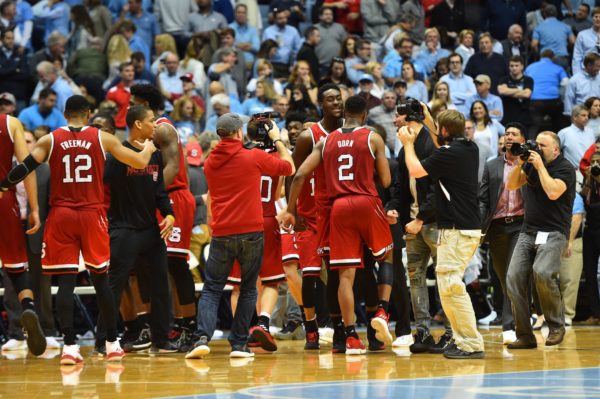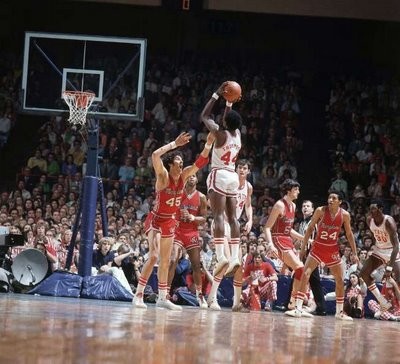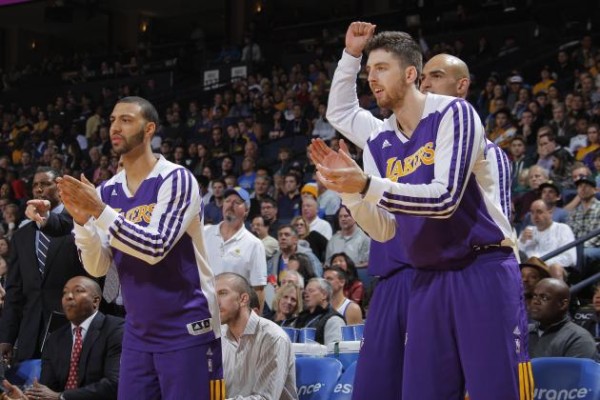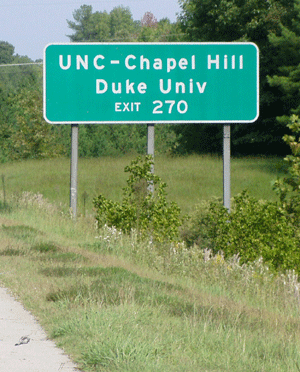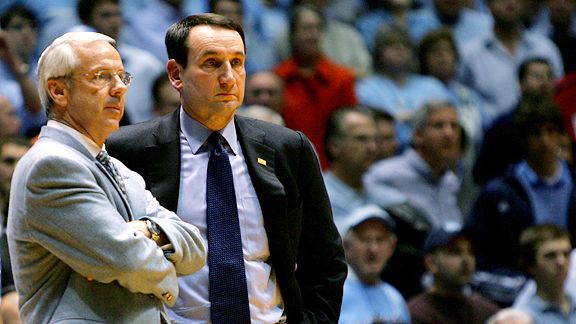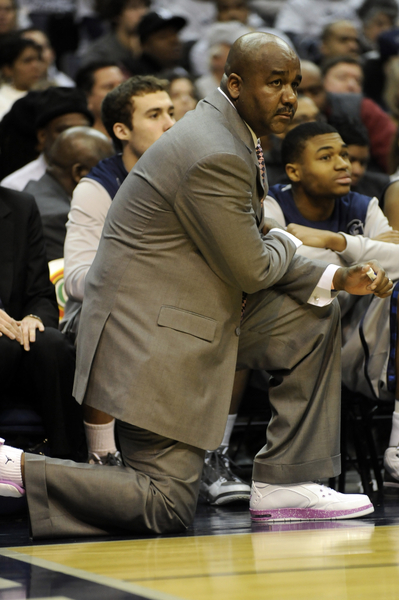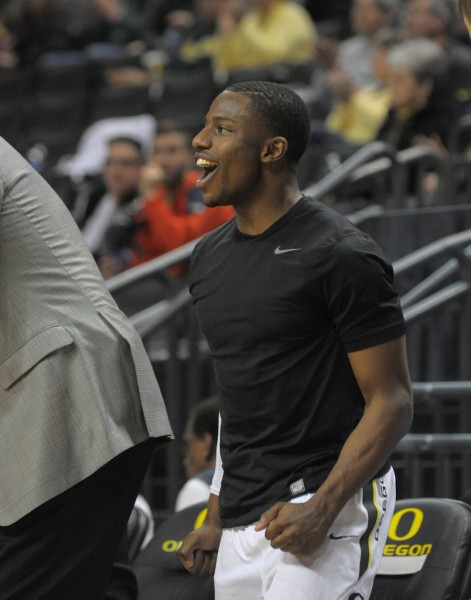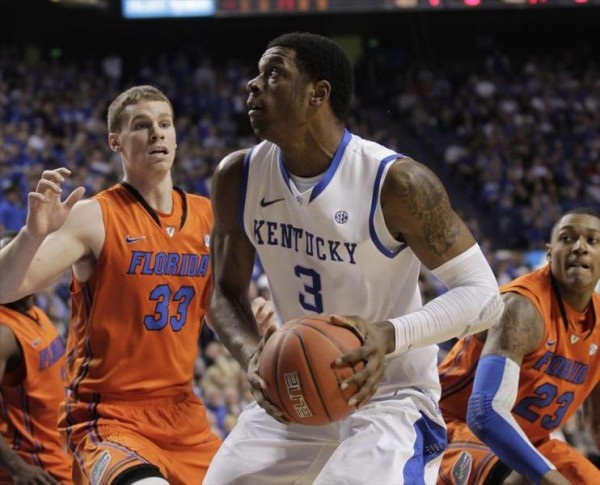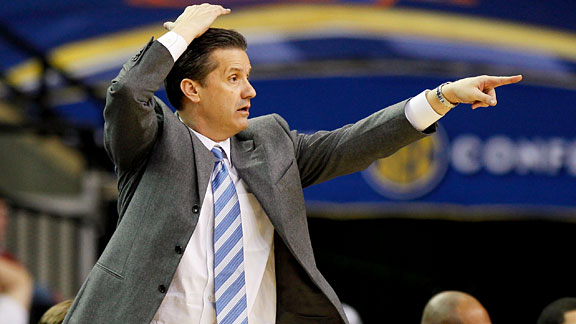ACC Weekend Preview: February 10-11
Posted by Mick McDonald on February 10th, 2018After what was a very entertaining week of ACC hoops, the weekend slows somewhat before we really hit the stretch run of the 2017-18 season. One ACC team looks to reach #1 in the polls for the first time in a generation this weekend; another title contender tries to piece its defense together; and “Don’t Call It a Rivalry!” is live from Raleigh. (All rankings are via KenPom.)
Saturday, February 10
- North Carolina (#12) at NC State (#61). When these two local teams meet for the second time this season, the Tar Heels will be less than 48 hours removed from a thrilling victory over a school that, according to Tar Heels’ senior leader Joel Berry, is their only true rival. Rivals or not, the Wolfpack already own one big victory over North Carolina this season, an overtime thriller two weeks ago in Chapel Hill. If Thursday night’s performance was any indication, the Tar Heels are ready to even the score. Prior to the win over Duke, Roy Williams‘ club logged 10 or more turnovers in its prior six games, including 14 in the loss to NC State. Against Duke, North Carolina coughed the ball up two times. That, combined with their normally excellent offensive rebounding rate (40.5%), is a formula to win despite shooting only 44.1 percent from the field in ACC play. In the first meeting between these two teams, NC State made 15 threes and only had nine turnovers. If either of those statistics get much worse, things could get ugly in Raleigh.
- Florida State (#19) at Notre Dame (#41). Here’s something Seminoles fans are getting used to hearing: Earlier this week, Florida State dropped a close game. Leonard Hamilton’s club has lost seven times this season, never by more than eight and by four or less four times. It’s a recipe for a team to be underrated by the RPI (Florida State is 41st) and in turn, by the selection committee. While it cannot be directly attributed to all their close losses, their free throw shooting is absolutely something that could bite them in March. The Seminoles shoot just 69.1 percent from the stripe this season, a moribund 255th nationally. Braian Angola-Rodas (85.2%) is the only regular shooting better than 75 percent, and that’s a scary proposition for a team that seems to enjoy playing nail-biters.





























